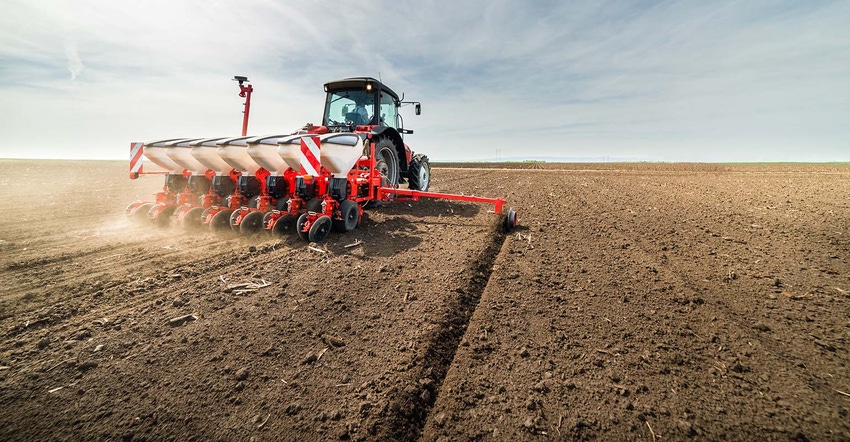April 16, 2018

A USDA Economic Research Service report, Farmland Values, Land Ownership, and Returns to Farmland, 2000-2016, by Christopher Burns, Nigel Key, Sarah Tulman, Allison Borchers and Jeremy G. Weber finds that U.S. farmland values appreciated quickly from 2000 to 2015, but have since slowed. As the value of farm real estate accounts for more than 80% of the value of farm-sector assets, farmland appreciation from 2000 to 2012 led to fewer financially stressed farms.
What did the study find?
Average per acre farm real estate values more than doubled from 2000 to 2015, going from $1,483 per acre in 2000 to $3,060 per acre in 2015. In 2003-14, cropland values increased most in the Corn Belt, Northern Plains, Lake States and Delta States. In 2015-16, these same regions saw lower land appreciation than other regions, reflecting the drop in commodity prices.
Farmland returns generally didn’t support farm real estate values in 2000-16. With the exception of two periods of high net cash farm income in 2003-05 and 2011-14, national level farm real estate values in 2000-16 were higher than economic theory would predict. Interest rates declined over this period and played a major role in supporting farmland values by keeping borrowing costs low.
Because of increasing farmland values, fewer farm businesses in 2000-12 fit USDA’s definition of financially vulnerable. Land value appreciation benefitted those who own more than 50% of their operated land. Going forward, cash rental rates will play an important role in financial stress for operations that rent large amounts of land because rental rates tend to lag in adjusting downward as farmland returns decline.
Farmland appreciation allowed crop farmers who owned land to borrow more and purchase additional land. Those who owned more of their land were generally older and more experienced farmers. This implies that the gradual transfer of land between generations may slow during periods of rapid appreciation. Young and beginning farmers may find it easier to purchase land when land prices level out or decline.
Changes in farmland returns, interest rates and U.S. farm policy will affect future farmland values. As interest rates rise, farmland values fall because the cost of borrowing increases and the relative advantage that farmland investments provide diminishes compared to alternative investments. The 2014 farm bill eliminated fixed direct payments and expanded crop insurance programs. The insurance payments will likely be capitalized into future land values by reducing volatility in net returns.
How was the study conducted?
The authors used data from the Census of Agriculture, national and regional data on cash rents and land values from NASS and data from the annual Agricultural Resource Management Survey and the 2014 Tenure, Ownership and Transfer of Agricultural Land survey.
Source: USDA ERS
You May Also Like




